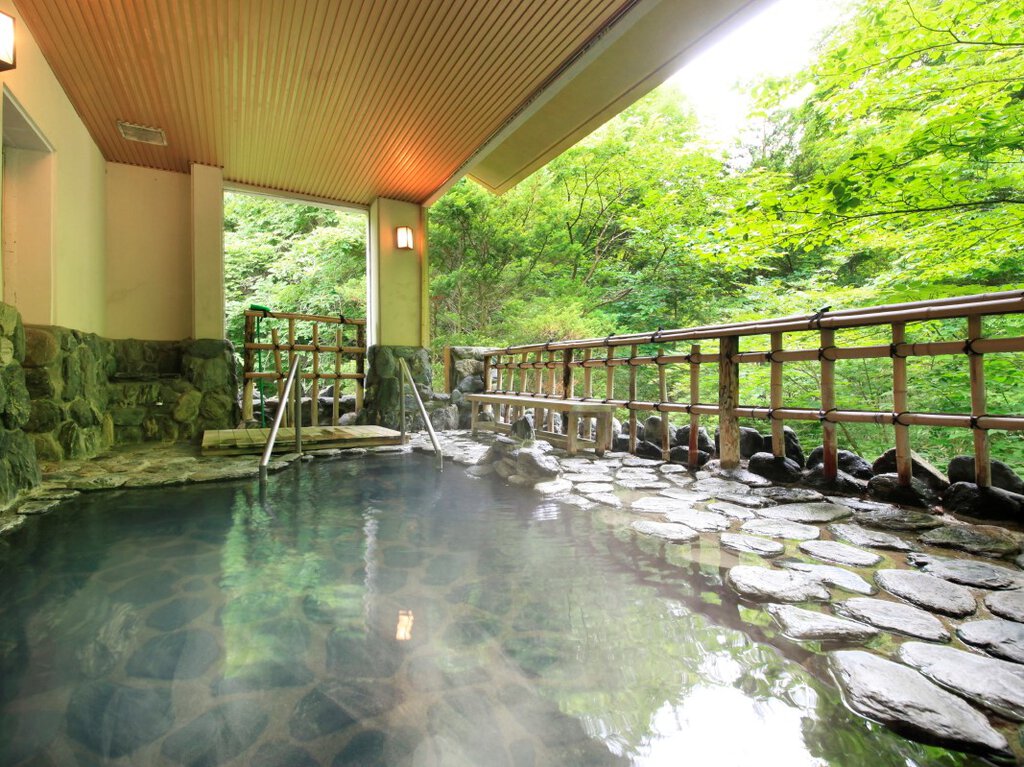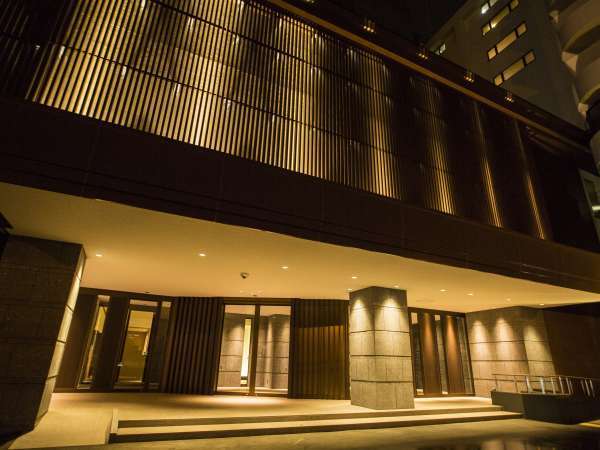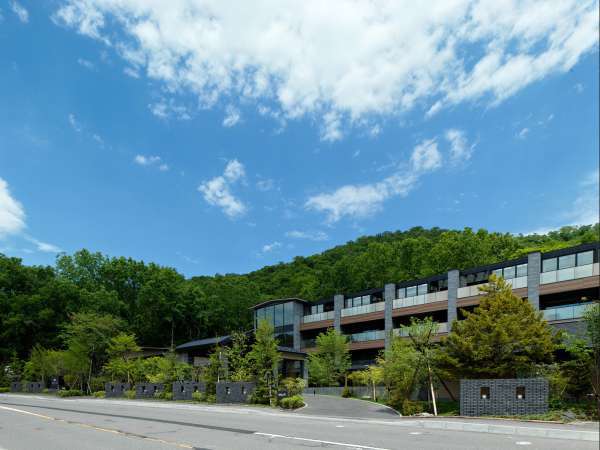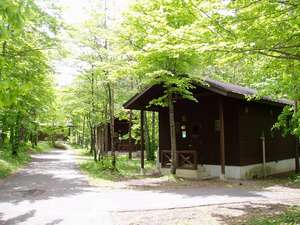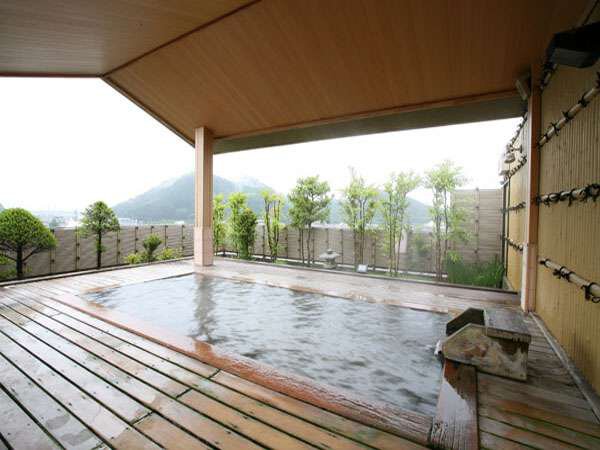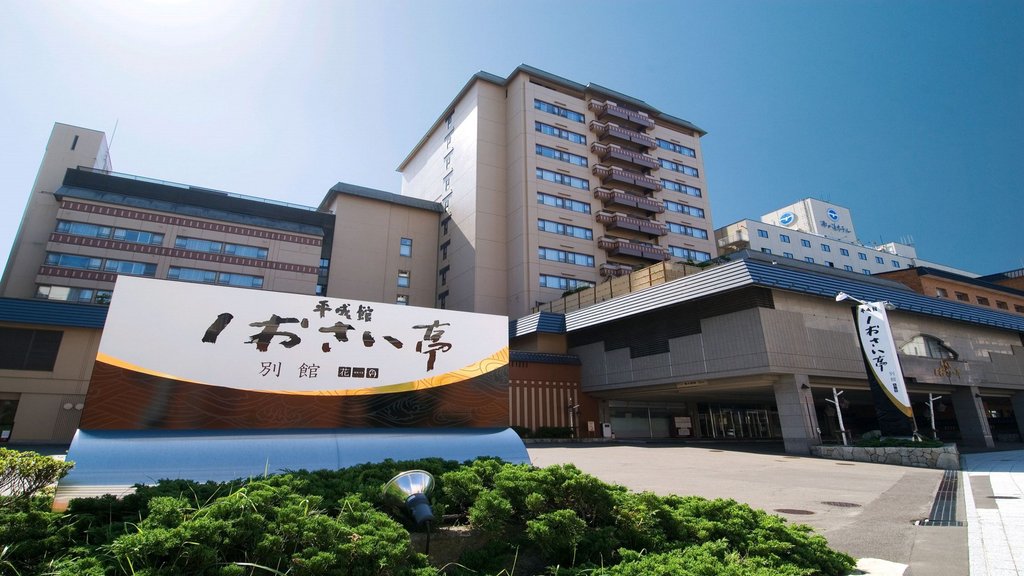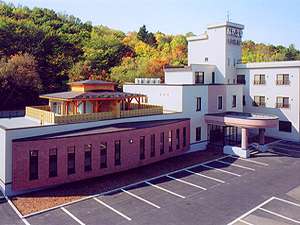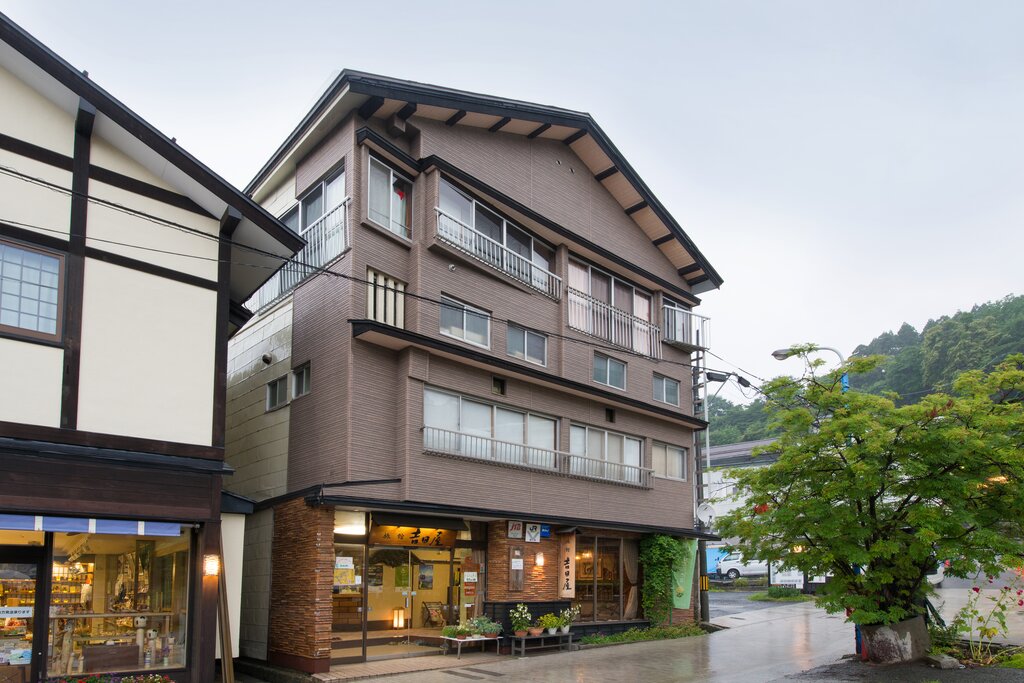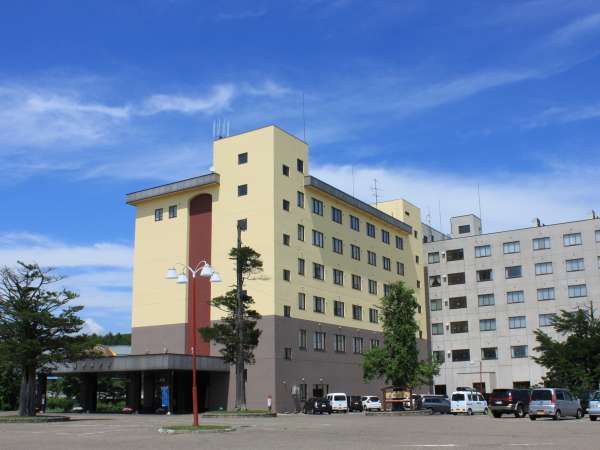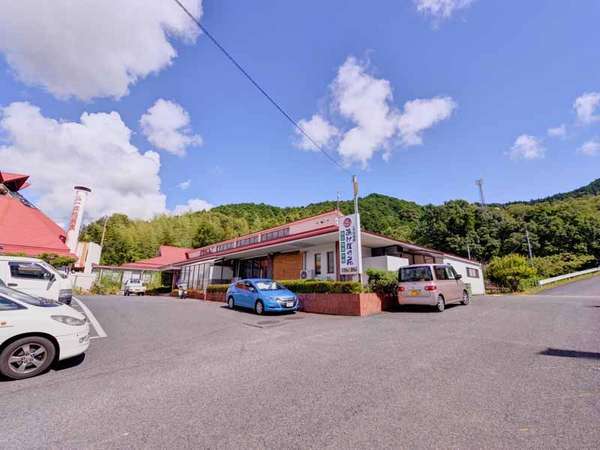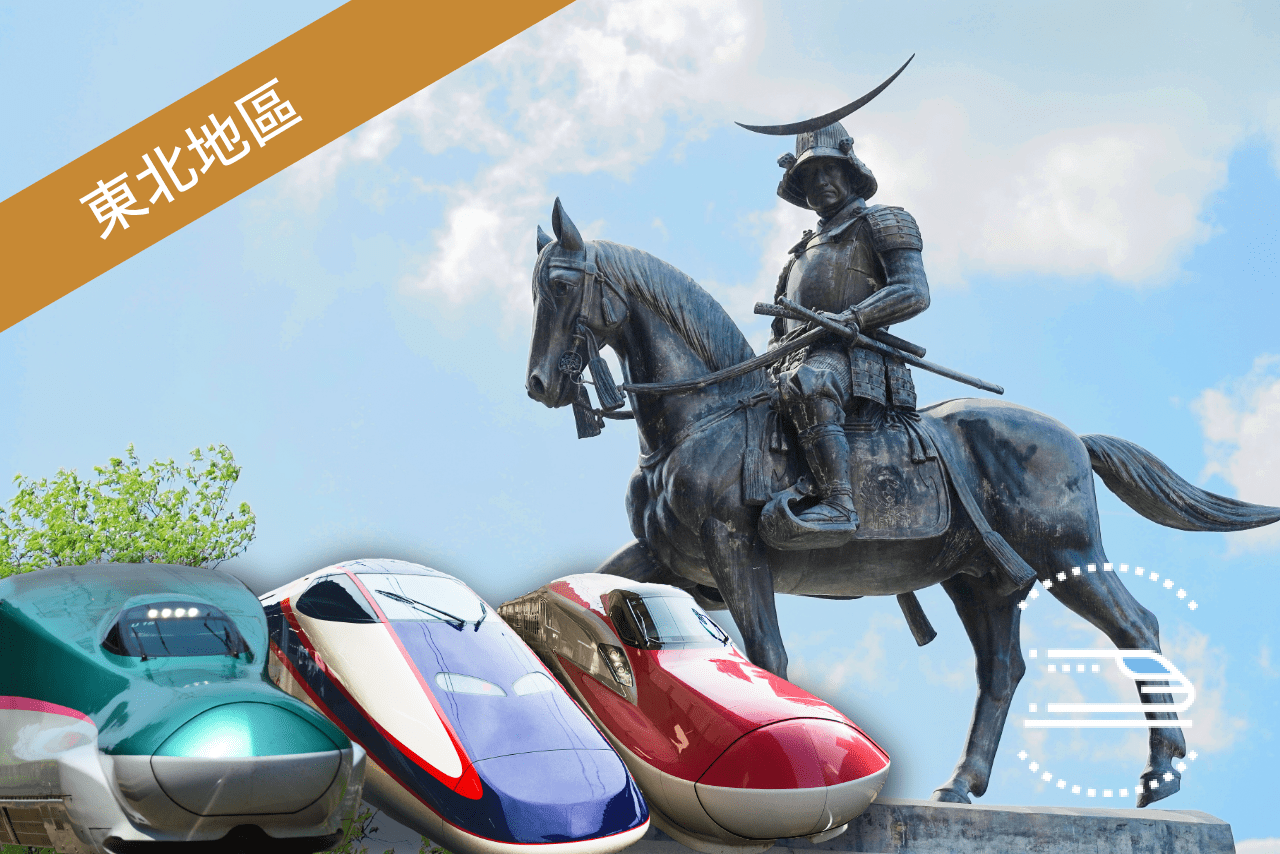
北海道・東北地區
Discover the picturesque natural landscapes of Japan’s snowy regions
Japan’s northernmost prefecture, Hokkaido, and the Tohoku Region, comprising Aomori, Iwate, Miyagi, Akita, Yamagata, and Fukushima prefectures, are rich in nature. Both regions are known for their numerous hot spring resorts, with over 240 in Hokkaido, and more than 500 in Tohoku. Visit in winter and enjoy skiing at the many snow resorts. Tohoku, a leading rice-producing region, is also home to many renowned sake breweries.
北海道・東北地區在地人氣體驗活動行程
各種日本文化體驗、戶外活動、忍者教室、茶道、採水果等充滿在地魅力的旅遊體驗行程都在這!不論是可輕鬆體驗的活動或一日行程應有盡有。
北海道・東北地區人氣溫泉住宿排行榜
提供眾多人氣溫泉住宿方案。可選擇晚餐內容、預約私人湯屋、享受免費接駁服務等。不管是一人行、和情侶、或家族同行,都能找到最滿意的住宿選擇。
各季節旅遊重點
北海道・東北地區的Spring天 Mar. - May
Hokkaido and the Tohoku Region experience snowfall until late March, so be sure to dress warmly. Cherry blossoms start blooming in early May in Hokkaido, and from early to mid-April in the Tohoku Region. Visit renowned cherry blossom spots such as Miharu Takizakura in Fukushima Prefecture, one of Japan's three largest cherry trees, as well as Hitome Senbon Zakura, a series of cherry trees along the Shiroishi River in Miyagi Prefecture. From early June until the beginning of summer, enjoy pleasant strolls around the city, as there is less rainfall and longer daylight hours.

北海道・東北地區的Summer天 Jun. - Aug.
Unlike Hokkaido, the only area in Japan without a rainy season, the Tohoku Region experiences its wet season in mid-June, so make sure to carry an umbrella during that time. The rainy season ends in early July, but the summer in Tohoku is short and hot until mid-August. Tohoku’s three major festivals—the Sendai Tanabata Festival, the Aomori Nebuta Festival, and the Akita Kanto Festival—take place in early August. While T-shirts are suitable during the day, bring a light jacket for the cool mornings and evenings.

北海道・東北地區的Autumn天 Sept. - Nov.
Hokkaido and the Tohoku Region experience the arrival of autumn earlier than other parts of the main island of Honshu. The autumn foliage front sweeps down from the north, typically reaching its peak in Hokkaido from mid-September to mid-October, and in the Tohoku Region from mid-October to mid-November. Additionally, various locations in Tohoku hold the traditional autumn event of Imonikai from October to November, where you can sample various taro (starchy root vegetable) hotpot dishes.

北海道・東北地區的Winter天 Dec. - Feb.
Hokkaido and the Tohoku Region are popular winter destinations. Approximately 80% of the Tohoku Region experiences heavy snowfall, with accumulation exceeding four meters. Aomori Prefecture, known for the World Heritage Site Shirakami-Sanchi, and Yamagata Prefecture, famous for the Zao mountain range and frost-covered trees, transform into charming silver-white landscapes. Enjoy skiing, snow festivals, hot springs, and urban illuminations in Tohoku to make the most of winter in Japan.

關於北海道・東北地區旅遊的常見問題
How do I get to the Tohoku Region? And how can I travel from Hokkaido to Tohoku?
The Tohoku Region, with its six prefectures and seven airports, offers various transportation options. If you're traveling from Tokyo, besides air travel, you can take the bullet train. The Tohoku Shinkansen Hayabusa, for example, takes 3 hours and 15 minutes to Shin-Aomori Station in Aomori Prefecture, the northernmost part of Tohoku. From Hakodate in Hokkaido, the Hakodate Liner and Hokkaido Shinkansen take 1.5 hours to reach the same destination. Another option is the Seikan Ferry, which takes 4 hours.
Is there a JR Pass available for the shinkansen in the Tohoku Region?
The Japan Railways Group provides various special transportation passes for different areas. The JR East Pass (Tohoku area) is valid in the Kanto and Tohoku regions. The JR East-South Hokkaido Rail Pass can be used in parts of Hokkaido, including Sapporo and Hakodate, as well as the Tohoku and Kanto regions. Additionally, the JR Tohoku-South Hokkaido Rail Pass is applicable in parts of Hokkaido such as Sapporo and Hakodate, and six prefectures in the Tohoku Region.
Besides the JR Pass, what other affordable transportation passes are available in the Tohoku Region?
Each prefecture and city offers a range of budget-friendly transportation tickets. In Sendai City in Miyagi Prefecture, for example, the Loople Sendai One-Day Pass and the Loople Sendai and Subway One-Day Pass allow you to ride a loop-line bus that connects key sightseeing spots. For broader travel in Miyagi, Yamagata, and Fukushima prefectures, the Mini Trip Holiday Pass allows unlimited rides on regular and rapid trains, as well as BRT (Bus Rapid Transit) for one day. The Tohoku Highway Bus Ticket is valid on express buses across the Tohoku Region.
When is the best time to visit if I want to join festivals in the Tohoku Region?
The Tohoku Region hosts vibrant festivals in both summer and winter. Key events include the Sendai Tanabata Festival, Aomori Nebuta Festival, and Akita Kanto Festival in early August. The Aomori Nebuta Festival showcases stunning giant floats, while the Omagari Fireworks Festival in Akita offers a national fireworks competition on the last Saturday in August. In winter, don't miss the annual Yokote Snow Festival in mid-February, and the Hirosaki Castle Snow Lantern Festival in Aomori. Both feature illuminated snow huts and lanterns, creating a magical atmosphere.
Where are the best places to shop in the Tohoku Region? Are there any outlet malls?
In the Tohoku Region, discover a variety of shopping options, from bustling morning markets to urban malls and outlet centers. Miyagi Prefecture, especially around Sendai City, is home to large malls like Sendai-Izumi Premium Outlets and Mitsui Outlet Park Sendai Port. Convenient options like S-Pal (connected to Sendai Station) and Aeon Mall Natori offer diverse stores for a comprehensive shopping experience. Make sure not to overlook the souvenir shops on the second floor of Sendai International Airport for some last-minute delights before your departure.
Apart from the Zao mountain range in Yamagata Prefecture, where else in the Tohoku Region can I find frost-covered trees?
You can see frost-covered trees, also known as "snow monsters," in various locations across the Tohoku Region. Apart from Mount Zao as seen from Yamagata and Miyagi prefectures, the Hakkoda Mountains in Aomori and Mount Hachimantai in Akita also offer spectacular views. Mount Zao and the Hakkoda Mountains are particularly recommended for beginners, as they are accessible by snowmobiles and ropeways. The prime viewing period is typically from January to February each year, but be sure to check the availability of viewing tours in advance when planning your trip.
Is it dangerous to drive on snowy roads in winter in a rental car?
Driving on snowy roads is not recommended. Even with suitable equipment such as snow tires and chains, it’s unsafe and can lead to slipping, getting stuck, and reduced visibility due to blizzards—especially when navigating unfamiliar roads in a foreign location. Prioritizing safety and peace of mind is essential, so we recommend using public transportation such as trains, local and express buses, and bus tours when traveling in winter.
What are some easily-accessible ski resorts and snow destinations in the Tohoku Region?
Consider ski resorts with easy access from train stations to reduce travel times. For example, Hoshino Resorts Alts Bandai Snow Park & Resort in Fukushima Prefecture is just a 15-minute free shuttle-bus ride from Bandaimachi Station, and Listel Ski Fantasia is also only a 15-minute free shuttle-bus ride from Inawashiro Station. In Iwate Prefecture, Appi Kogen Ski Resort can be reached within one hour by local bus from Morioka Station. Opt for shuttle buses and bus tours from major stations for added convenience.
What are some beginner-friendly ski resorts in the Tohoku Region?
The Grandeco Snow Resort and the Inawashiro Ski Resort (Chuo x Minero) in Fukushima Prefecture, as well as the Zao Onsen Ski Resort in Yamagata Prefecture are great options for beginners. They provide numerous slopes for first-timers and excellent family-friendly facilities. When planning a stay at a ski resort, be sure to check the location's accessibility, rental services, quality of slopes for beginners, kids' parks, and ski school options.






















